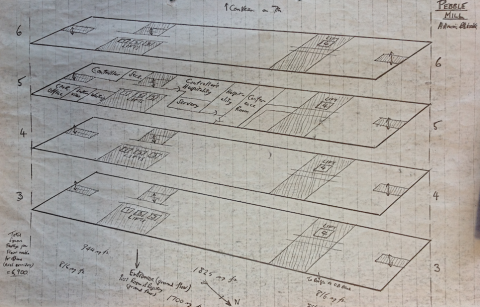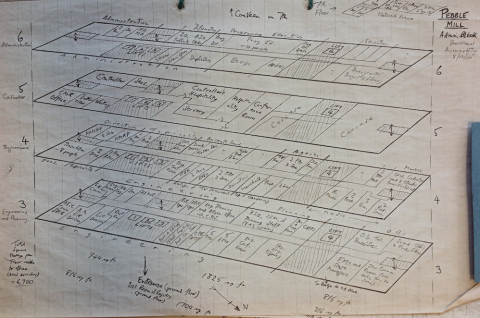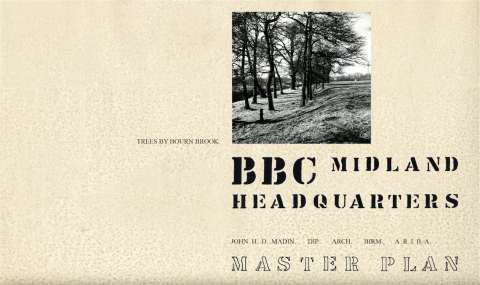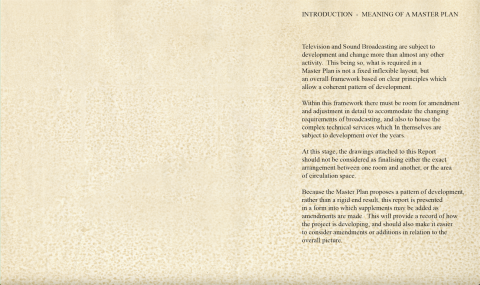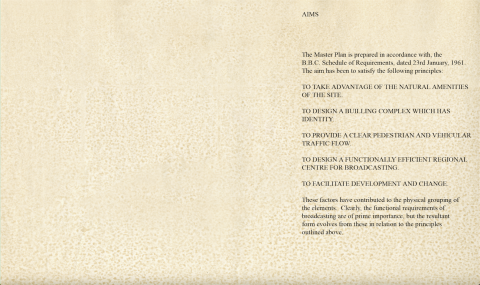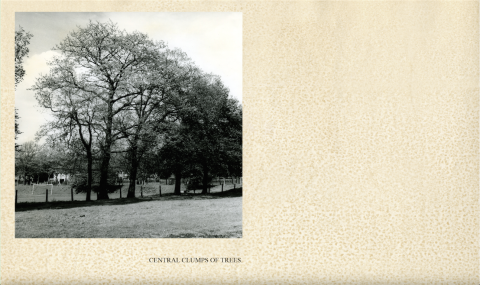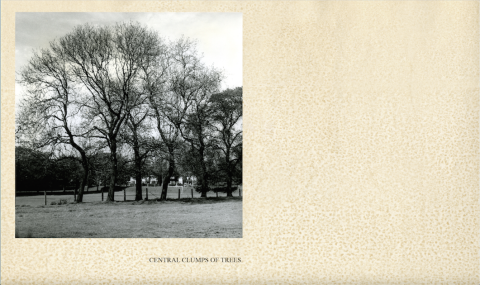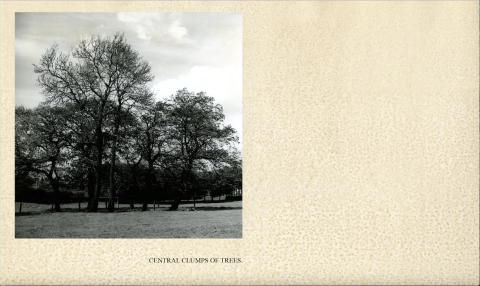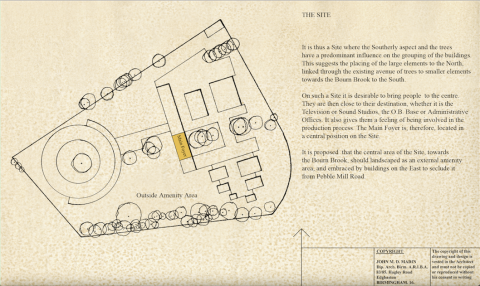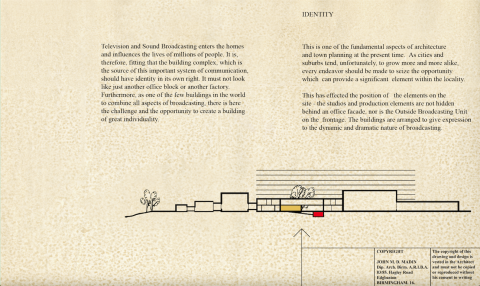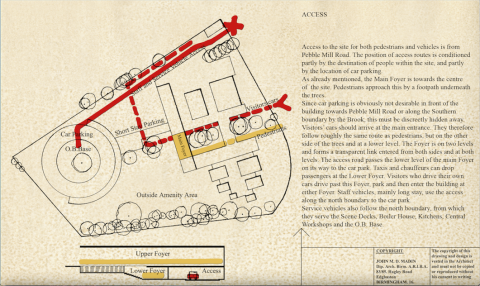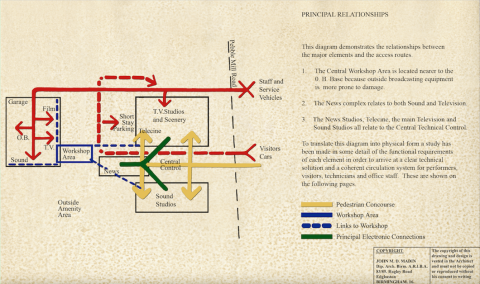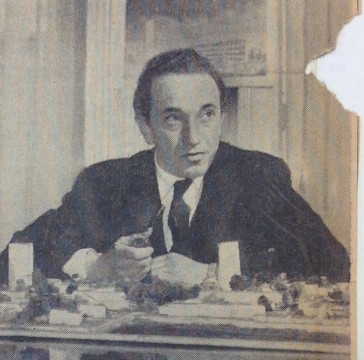
Copyright resides with the original holder, no reproduction without permission.
The document above is from a BBC report from Spring 1969. It shows how daytime radio figures have remained pretty consistent from the 1940s, to the end of the 1960s, but that evening listening figures have fallen enormously from about 14 million in the 1940s, to under 2 million at the end of the 1960s. The decline is due to people watching television instead. Television was only on during the evening in the early years.
The report below is a transcript from an earlier section of the same report, and explains why television is not going to be able to provide financial support to bolster the radio deficit. The late 1960s were a time of enormous technical change, with the transfer to colour production, and the building of the new regional broadcasting centres at Pebble Mill, and the planned building of Oxford Road, Manchester. Most viewers at the time only had the cheaper black and white TV Licence. The BBC wanted to roll out the proposed new local radio stations, but it was unclear how this was to be paid for. This financial issue was one of the reasons that the Pebble Mill building was economised on, for instance with the helix car park section and OB base, being scrapped from the original plans by architect John Madin.
(BBC Report from 21/5/1969)
1. An estimate of Television financial requirements for the four years to 31st March 1974 shows a final deficit of £12m rather than a surplus of £8.5m as shown in the Finance Division projection submitted to the Board on 13th February 1969.
2. It should be emphasised that this conclusion is based on preliminary figures which will be refined when a full scale estimate is prepared in the Autumn. They are, however, accurate enough for conclusions by the Board of Governors on possible sources of revenue for local radio.
3. Although the £12m deficit must be regarded as an approximation, it is undoubtedly conservative because:
a) Provision for cost of living increases has been made at slightly less than 5% per annum compared with an average of rather more than 5% over the last 10 years. In an era of continuing inflation, the 5% provision could well prove inadequate.
b) Provision is made for Network programme development expenditure of only £400K per annum.
c) Additional licence income of some £18m is included due to reduced licence evasion, yet the Post Office is already falling behind present estimates.
d) Over 80% of total capital expenditure of £38m is already explicitly or implicitly committed (e.g. Manchester, U.H.F., Colour)
e) No provision is made for extra hours, – colourising Schools output or the establishment of new T.V. areas.
4. It must be concluded from these figures that it will not be possible for Television to finance either the radio deficit or expenditure on local radio.
